"Labor Day is approaching fast and, with it being the last big weekend of the summer, you need to make sure you have a ton of fun with the people you care about and let summer go out with a bang." Danielle Costa on Celebritycafe.com (08/31/2012)
https://www.huffingtonpost.com/2013 dailygazette.com/galleries
Is that what Labor Day is all about? Another holiday? A chance to celebrate the last days of summer? A three day weekend? Well, yes, it's all those, but is there more? Is it one of those national holidays which have become just another three day weekend without the understanding of what it means? Let’s see.
HISTORY OF LABOR DAY IN THE U.S.
There is a discrepancy about who actually suggested the Labor Day holiday in the US. Some say the Secretary of the Central Labor Union, Matthew Maguire, came up with the idea in 1882. That's contradicted by others arguing it was Peter J. McGuire of the American Federation of Labor who proposed it after attending Toronto's annual Labour Festival.
Other than historians, who cares?
The bottom line is that it was declared a federal holiday in 1894 and designated for the first Monday of September. Its purpose was to celebrate and value in American society the role of our workers and their work by providing, ironically and fittingly, a day off to rest and enjoy the fruits of one’s labor.
Hey, maybe we got it right, after all.
Supposedly, the form for the celebration of Labor Day was presented in the original proposal for the holiday: A street parade to exhibit to the public "the strength and esprit de corps of the trade and labor organizations", followed by a festival for the workers and their families. This became the pattern for Labor Day celebrations. A day of rest for the workers of America.
I'll drink to that! Let’s go to the beach!

THE STORY BEHIND THE STORY
There is always a “story behind the story.”
The reasons behind declaring Labor Day a holiday stems from more than a desire to recognize the importance of American workers. At least in part, it came about as the result of the Pullman Strike, which occurred in Illinois on May 11, 1884. Without going into the gory details, three thousand railroad workers went on a wildcat strike without the authorization of their union because of the way George Mortimer Pullman, founder and president of the Pullman Palace Car Company, treated his workers.
Photos from: https://en.wikipedia.org/wiki/Pullman_Strike
Ultimately, in trying to subdue the riots, a number of people were killed by the U.S. Military and U.S. Marshalls (some sources say hundreds, other say just a few). President Grover Cleveland made peace with the labor people, but fearing further conflict, Congress voted to approve rush legislation establishing Labor Day a national holiday. It was signed into law only six days after the end of the strike.
A date in September was selected rather than May 1, which is celebrated throughout much of the world as Labour Day, for fear it would be associated with nascent Communist, Syndicalist and Anarchist movements and would appear to celebrate the labor riots of 1884, the Haymarket Affair in 1886, and other May Day riots.
Everything is political, isn't it?
A CONFUSION OF TERMS
A variety of celebrations are called “May Day” and “Labor Day.” Although these different celebratory purposes have evolved from one to another, today they mean different kinds of celebrations.
● Labor Day in the US
However it came about, Labor Day in the USA is a holiday for workers and their families as described above.
● Mayday
Just for the fun of it, the distress call “Mayday” is not related in any way to what we’re talking about. The word derives from the French term m'aidez, which means "help me."
● May Day
This spring festival is celebrated on May 1 and, in its earliest form, was the Festival of Flora, Floralia, the Roman goddess of flowers, celebrating new life, new growth, and fertility. It morphed into Walpurgis Night in the Germanic countries and Gaelic Beltane.
The summer solstice is now on June 21 and is considered the first day of the summer season. It was, and still is, celebrated in many ways, more recently by festivals including dancing around the May Pole.
http://www.lyndonirwin.com/maypole.htm Church Sussex,England, UK
https://en.wikipedia.org/wiki/May_Day
● Labour Day and International Worker’s Day
International Worker's Day recognizes the International Labor Movement and is celebrated on May 1 in at least eighty countries in the world, including most of Europe.
Wikipedia says, "International Workers' Day is the commemoration of the 1886 Haymarket Affair in Chicago. The police were trying to disperse a public assembly during a general strike for the eight-hour workday, when an unidentified person threw a bomb at them. The police reacted by firing on the workers, killing dozens of demonstrators and several of their own officers. Reliable witnesses testified that all the pistol flashes came from the center of the street, where the police were standing, and none from the crowd. Moreover, initial newspaper reports made no mention of firing by civilians. A telegraph pole at the scene was filled with bullet holes, all coming from the direction of the police."
http://linoit.com/users/CalynKirkpatrick/
The Haymarket riot was one of many protests but brought to a head the growing confron-tation between labor agitators and law enforcement throughout much of Europe and Russia, drew attention to working conditions and ultimately resulted in the eight hour work day.
Thus, the terms “Labour Day” and “International Worker’s Day” are related to worker’s marching and rioting to demand worker’s rights and/or better working conditions. The photos demonstrate the way in which it is still “celebrated.”
Vienna, Austria 2017 Johannesburg, South Africa 2017 Paris, France 2000
Foto by: Johannes Zinner pintpressnews.com AP_Denis Farrell Photo: Philippe Lopez/AFP/Getty
Photo from: commons.wikimedia.org/ www.theguardian.com/world/gallery
Photo:www.mintpressnews.com/ Photo: www.dailymail.co.uk/news/ come patriotic holiday Photo:
www.nytimes.com/2017/05/01/
So for most of the world, May 1 isn't about mystical or medieval pagan fertility festivals or maypoles (I doubt that any of us have ever seen a ribbon-bedecked birch maypole) but about protesting for worker's rights. Oh, we have our share of protests in the U.S. on May Day, but thanks to our elected officials doing it right for a change, we can protest on May 1 and still get a day off on Labor Day.
MY CHOICE
I don’t know about you, but I like our USA approach the best. Most of us don’t have a lot to complain about regarding working conditions -- although we try -- thanks to those who made sacrifices for us and participated in the earlier riots and strikes for workers rights.
The idea of a three-day weekend to have fun with your family and friends sounds pretty nice. Much better than dancing around a maypole or getting your head beat in by the riot squad. Enjoy.
Sources:
https://www.history.com/topics/haymarket-riot
https://en.wikipedia.org/wiki/Pullman_Strike
http://linoit.com/users/CalynKirkpatrick/canvases/Haymarket%20riot
https://www.thinglink.com/scene/628937772962414593
https://en.wikipedia.org/wiki/May_Day
https://en.wikipedia.org/wiki/Labor_Day
https://en.wikipedia.org/wiki/International_Workers%27_Day
http://www.lyndonirwin.com/maypole.htm
https://www.britannica.com/event/Haymarket-Riot
https://www.express.co.uk/news/world/798800/may-day-protests-carnage-havoc-violent-scenes-across-europe-france-italy-turkey-spain
https://www.cnn.com/2017/04/30/world/may-day-explainer-trnd/index.html
https://www.theguardian.com/world/gallery/2017/may/01/may-day-protests-around-the-world-in-pictures
https://www.huffingtonpost.com/2013/05/22/ocean-city-memorial-day-weekend_n_3317480.html
http://homicide.northwestern.edu/crimes/haymarket/
https://mholloway63.wordpress.com/2016/05/04/what-happened-on-may-4th-riot-in-haymarket-square/
http://www.chicagomag.com/Chicago-Magazine/The-312/April-2012/The-Week-Chicago-Stopped-Working/
https://www.mercurynews.com/2017/05/01/the-latest-protester-tackled-at-may-day-parade-in-cuba/
http://www.dailymail.co.uk/news/article-3064272/Riot-police-clash-Day-protesters-world-unions-masked-labour-activists-streets-petrol-bombs-defend-workers-rights.html
https://www.nytimes.com/2017/05/01/world/europe/may-day-protests.html
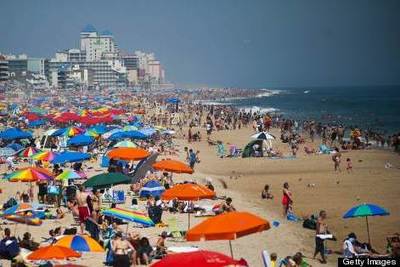
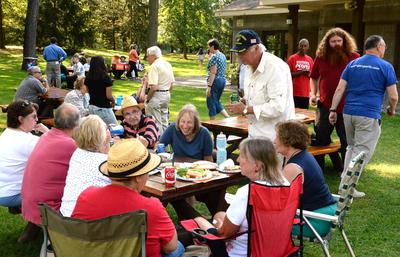

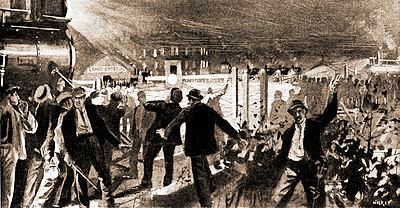

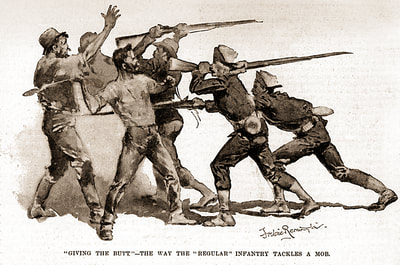
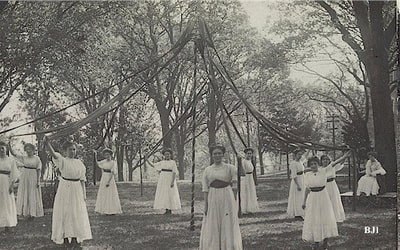
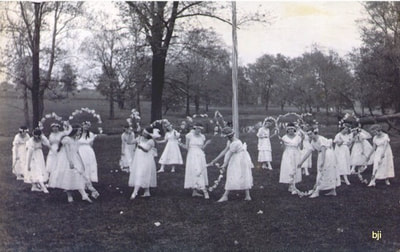
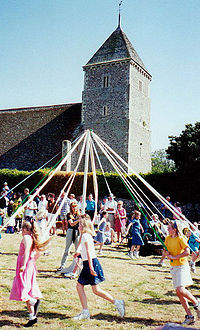
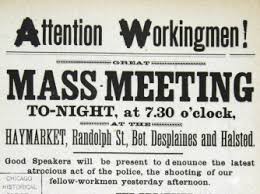
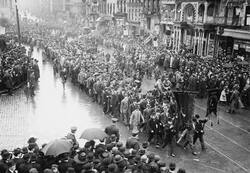
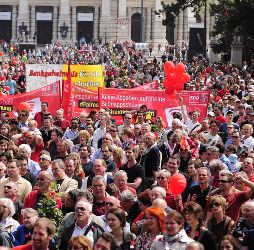




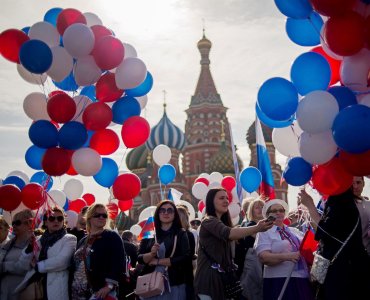
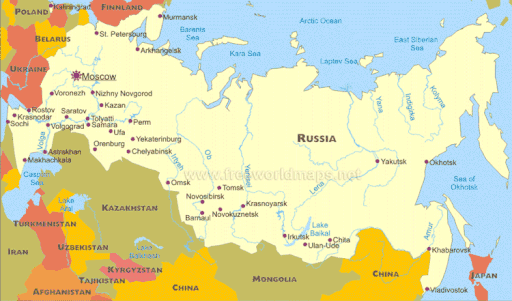
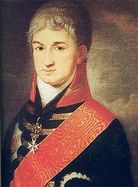
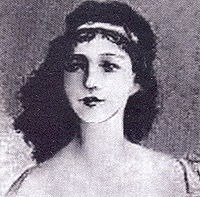
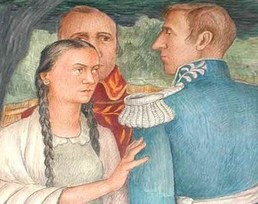

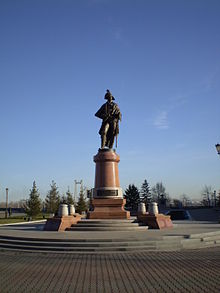

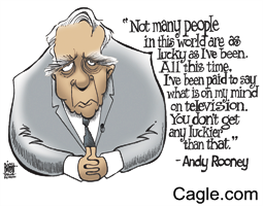
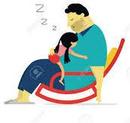









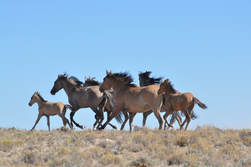

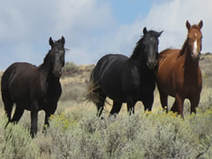



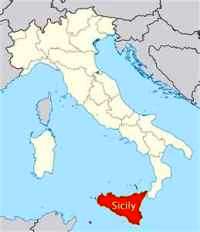

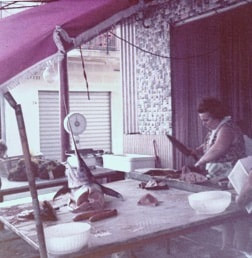
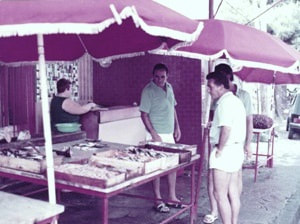
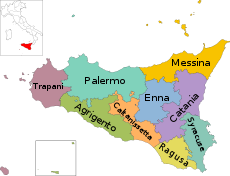
 RSS Feed
RSS Feed